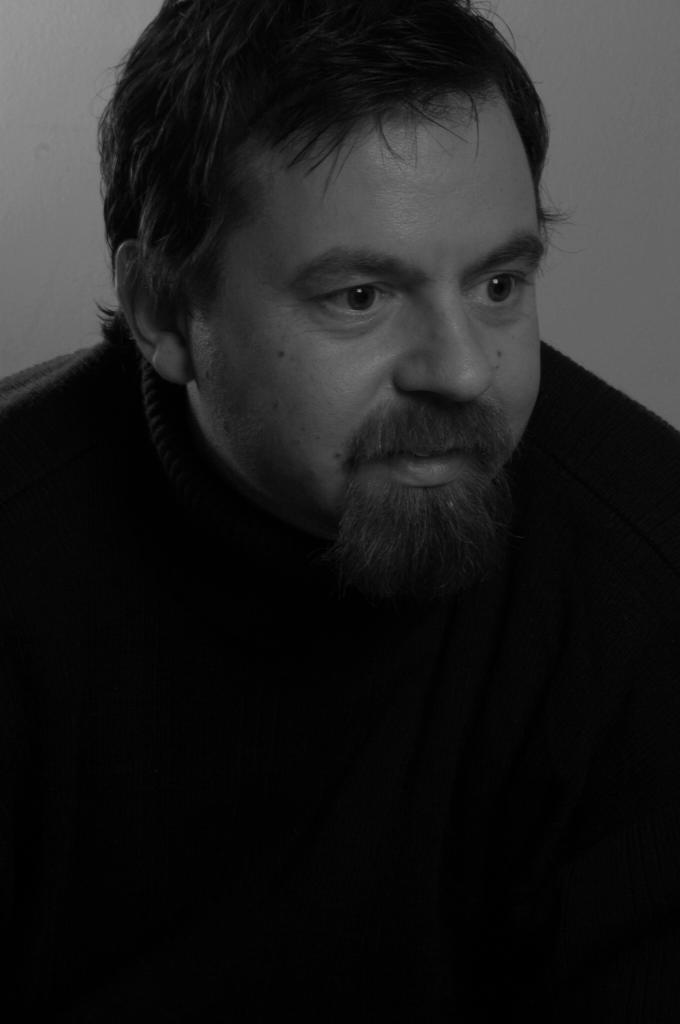Arthur Mee calls West Wycombe unmissable. The whole village was purchased and preserved by the Royal Society of Arts, but they must have run out of money as they subsequently gave it to the National Trust after five years. The gem of the village is the church loft with its 15th Century beams. The village church (St Paul’s) is a red brick Victorian hall with a small apse, no doubt considered a mercy to the National Trust’s tenants, who no longer have to climb a very steep hill to get to the other church in the village.
The Hellfire caves were, in the romantic imagination anyway, used by members of the Hellfire club (half the ruling classes of England at that time) for satanic rituals. The very boring truth is that they were chalk workings for a road building scheme to relieve unemployment amongst agricultural labourers, although I dare say if you were an 18th Century unemployed agricultural labourer your boredom threshold digging out chalk for a shilling a day would be rather higher.
The Hellfire club really did exist, and they did hold dinner parties in the caves, including one spectacular one called the Banqueting chamber. After dinner the senior members of the club would cross an artificial river called the styx and go to the inner temple where they would have a thoroughly good time with the good time girls they had brought with them. So don’t believe the devil worship legends unless you want to include half the then cabinet in satanic practices. In spite of my railing against the enlightenment, they might have been G*dless wretches but they weren’t satanists.
After the caves it was time to wander up the steep hill to the Dashwood Mausoleum and church of St Lawrence(?). The hexagonal mausoleum, open to the sky contains the last resting place of the Dashwood family, containing memorials in a fine setting, although always locked.
The church was also locked up, but I saw its tower with golden ball on the top. 6 people can sit in the golden ball, or could before vandalism prevented it. The church looks to be worth another visit when I shall wear climbing boots.
All the time I was in West Wycombe it was raining. If I’d wanted sunshine, perhaps I should have stayed at home as home looked pretty fine.


Don’t trust the tourist information centre in High Wycombe. They gave me the correct bus to catch to West Wycombe but not the correct stop. I caught the bus from the Bus station with seconds to spare.
High Wycombe is famous for chair making, and they have a chair making museum. I didn’t see it though but it might be worthwhile seeing it next time.
On the way out the train was crowded and a woman said “I don’t care, I’m going into First and they can charge me if they like.” I didn’t like to say that there was no first class on the Chiltern line.
I ended the day with dinner in the Chiltern Court Restaurant in Baker Street station. This is the opulent setting where Sir John Betjeman began his excursion into ‘Metroland’. Now a JD Wetherspoon pub.




















